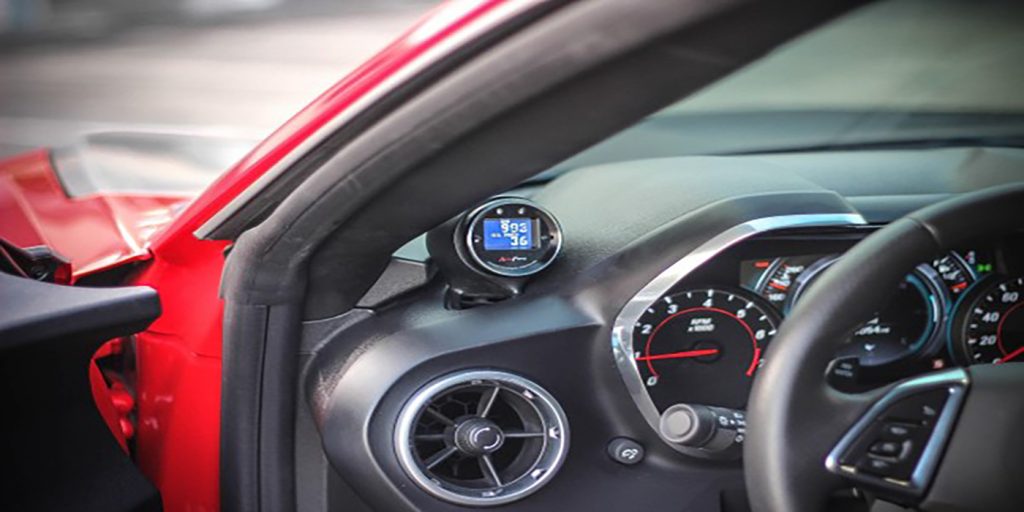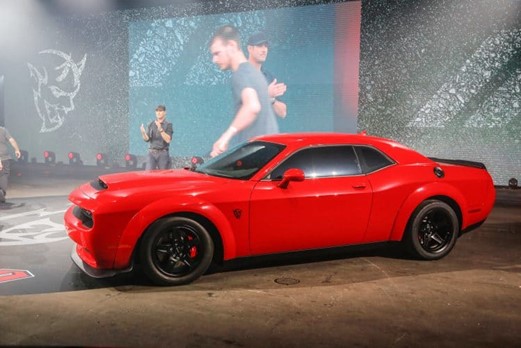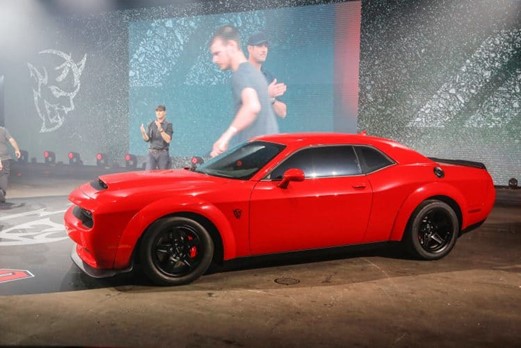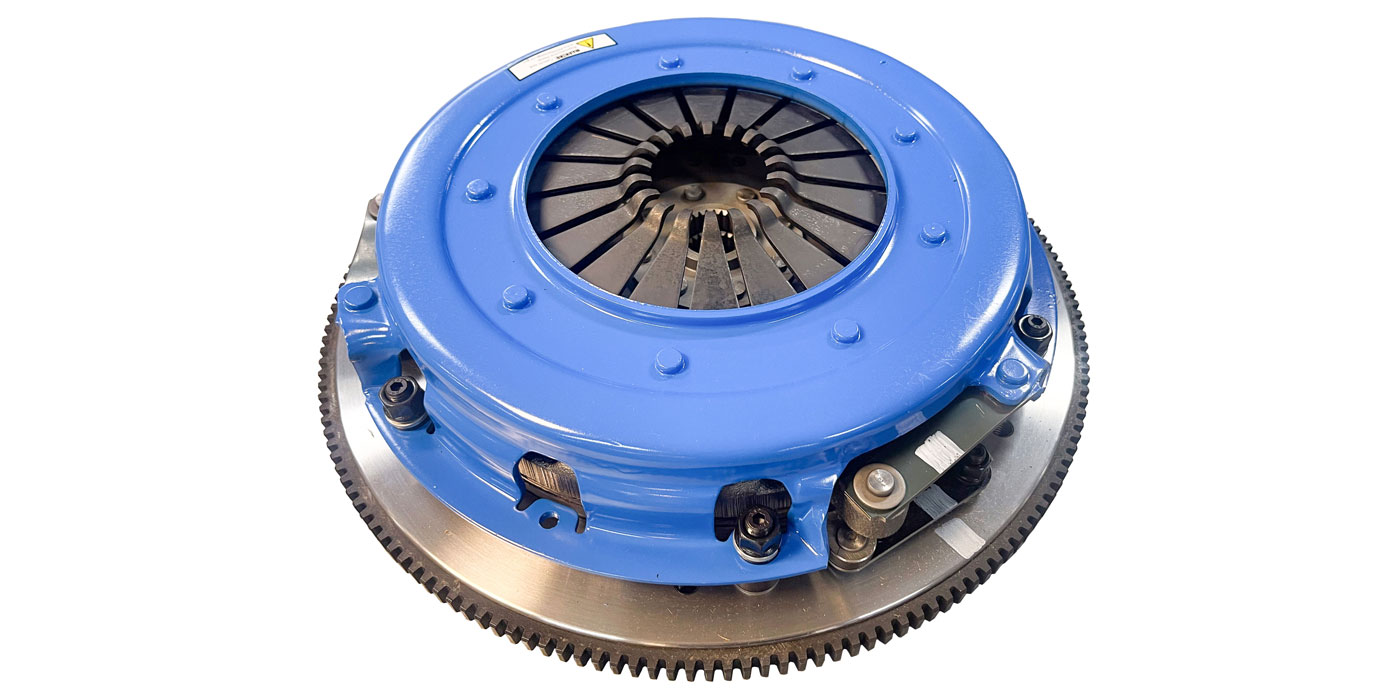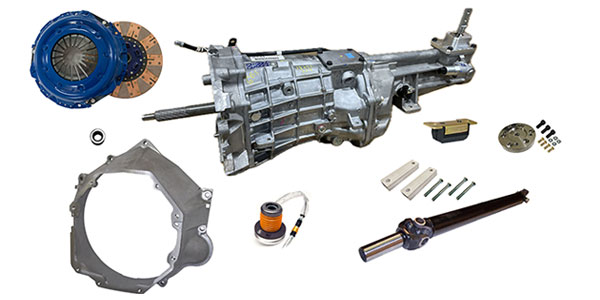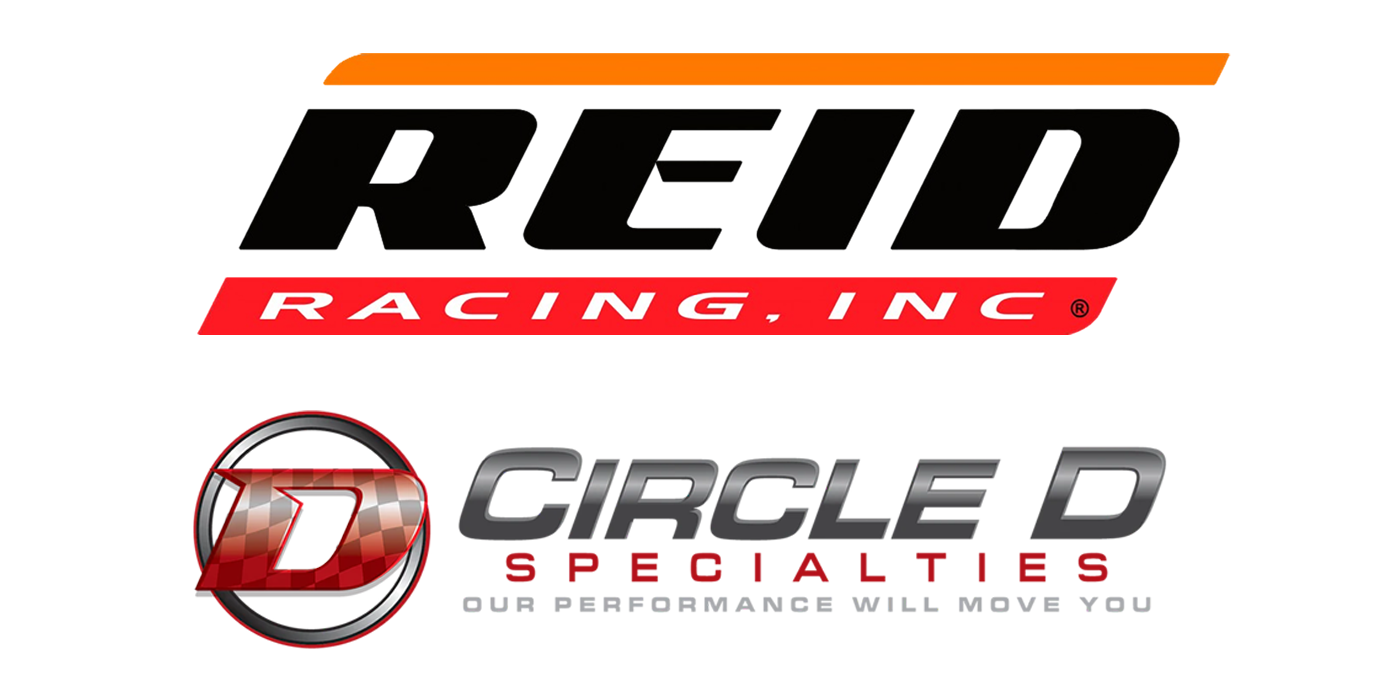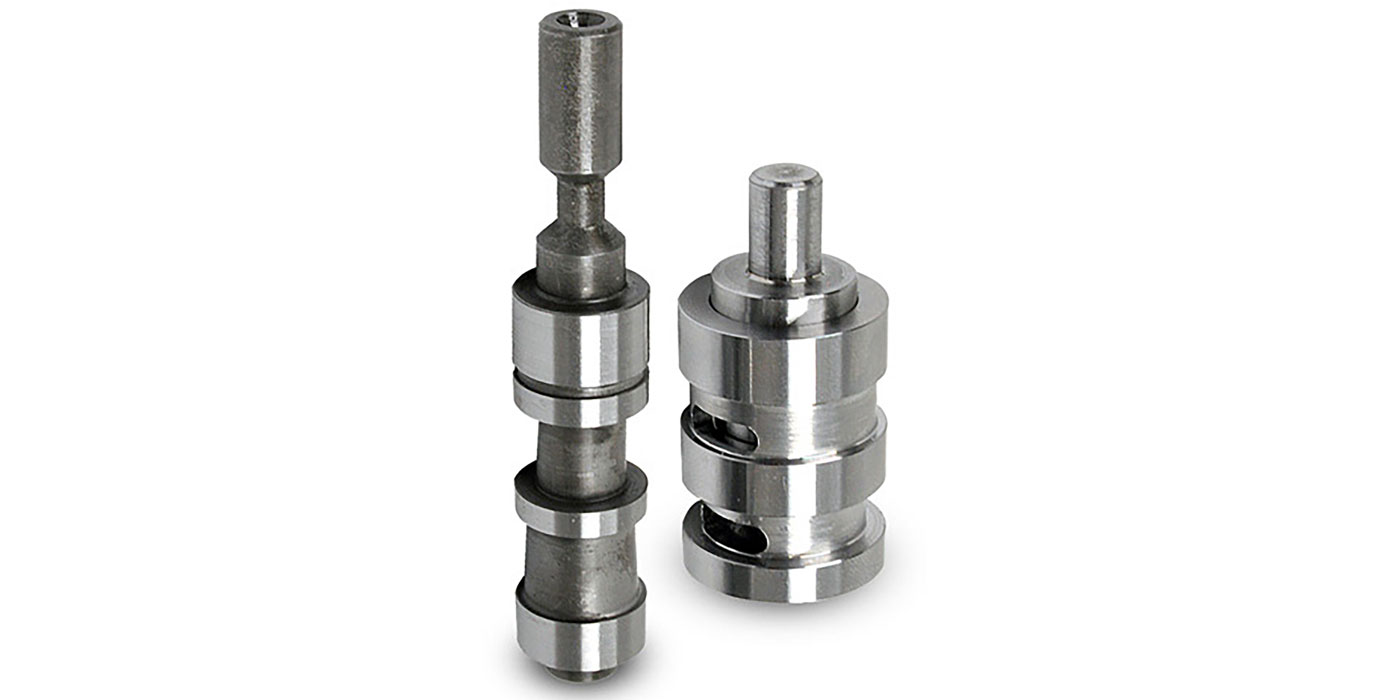Do you do “performance” work in your shop? If you answered this question with “no,” then it may be time to reconsider what you do at your shop. What does “performance” mean in the transmission repair world? Is it 5,000 RPM stall torque converters, or billet hard parts, or specialized Powerglide units? The truth is that if you have ever installed an improved product, a valve body modification kit or any non-OEM or non-stock product that you expect to “improve” the function or alter the performance of the transmission…then you do performance work.
This is important to understand. As I travel and speak to transmission rebuilders and owners alike, I ask about performance work in their shop and many of them quickly say that they don’t want to do that kind of work. One reason is they believe it opens them up to more warranty related comebacks due to driver abuse. Another reason is that they don’t believe customers will pay the money for expensive and highly engineered parts. But the biggest reason is that they aren’t confident that they know how to build the units properly so that they will perform well. The vast majority of shops want to do a great job for their customer and just don’t feel comfortable taking on an expensive performance build.
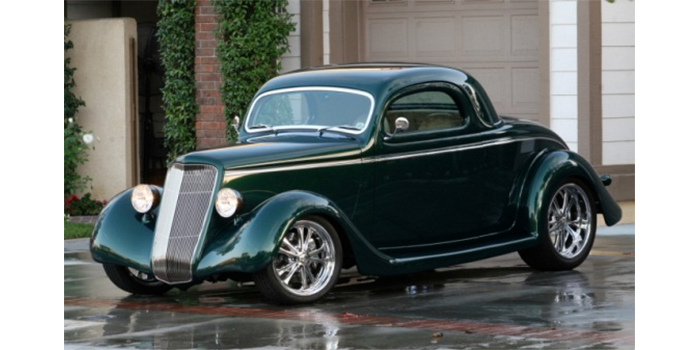
In the meantime, many shops are struggling to get parts with a low-cost point and high quality and are battling with their customers on the final price that a quality rebuilt transmission really costs to keep the shop in business. And for most shops that survived the 2009 economic downturn, the business volume just isn’t the same. So how does a shop get jobs with a higher ticket value with more profit?
Many shops have chosen to diversify into general repair jobs like brakes, oil changes, and light engine repair work. Others have moved into Medium and Heavy-Duty diesel work. And some shops, well, some shops have chosen to seek the customers most transmission shops turn away. Those are the customers who have the big lifted four-wheel drive truck, the dually with a fifth-wheel hitch, the classic car with a crate motor and the guy with a brand-new muscle car looking to void his factory warranty and go fast. And this is where the money is.
In the true vehicle performance market, there are two categories and four types you need to know. The first is “gas performance” and is divided into “classic” and “modern” types. The second is “diesel performance” and is divided into “work” and “fun.”
In the gas market, you have the classic car owners that are usually running street rod or classic car and they are rarely running over 500 horsepower. The modern performance car owners are buying cars from the dealer that are already coming with 700, 800, even 900 horsepower before they even begin to modify them. Although we often think that the 1960’s and 1970’s were the golden age of performance, the truth is that the real golden age of performance is right now.
Here is the amazing part of working in these performance categories. Most of the time, the performance customer is choosing to spend money…willingly. The performance customer is looking for a shop to be “their guy” and their partner in the work. That is completely different than most customers who are at your shop through no choice of their own, needing a job that is stressing their wallet, and are lost without their car. A performance customer doesn’t usually want you to cut corners, will want the best job and pay the price, and if they break something, they will post it on the internet to show everyone what a best their vehicle is. And proudly post pictures of the new part that costs them even more money and tell everyone what a great shop you have.
Who doesn’t want customers who spend money with a smile? But how do you know who they are?
And here is another secret…most of the time, for most of these performance customers, these performance builds are almost identical to what you already do. It is about choosing the appropriate parts to swap out. You already do this!
How do you get the right parts? You already know what breaks because you see it in your shop every day.
- Get an accurate horsepower and torque rating for the customer’s engine
- Find out how they intend to use the vehicle
- Gas Performance
- Engine modifications and adders (turbo, nitrous, supercharger, blower, cam)
- Street only
- Street and track
- Track only
- Diesel
- 2 wheel drive or 4 wheel drive
- Towing Weight Range
- Stock or Upgraded Injection
- Turbo and Type
- Gas Performance
- Make sure to match the parts to the horsepower and torque rating of the motor. You can always “go big” and upgrade on materials, but “barely adequate” will mean problems.
- Work with a supplier that understands the full build, from engine to torque converter to transmission to driveshaft, to differential, to tire type and size. This is especially critical if your customer is doing a full time race car with a trans brake.
What are the automatic units that are being used in the performance space today?
- Gas Engines
- GM – Aluminum Powerglide, 200, 200-4R, TH350, TH400, 4L80E, 4L60/70E, 6L80/90, 8L90, 10L90
- Mopar – A727, A904, 722.6/NAG1, ZF8HP70/90
- Ford – C4, C6, AOD/E, 4R70/75, 6R80, 10R80
- Diesel Engines
- GM – Allison 1000
- Mopar/Ram – 42RE/RH, 46RE/RH, 48RE, 45/5-45RFE, 68RFE, AS68RC, AS69RC
- Ford – E4OD/4R100, 5R110W, 6R140
How do I recognize a performance customer? (Figure 1-5)
- Is the suspension radically altered, either very low or very high?
- Do they have body kits installed, custom paint job, or custom rims and tires?
- Do they have additional gauge clusters installed on the dash?
- Do they have altered aftermarket exhaust? Exhaust stacks coming up from the bed of the pickup truck?
- Do they have a tow hitch or transfer case?
- Do they have racing stickers on their windows?
- Reach inside the wheel well and feel around. Is there a lot of bits of tire tread? That is evidence of burnouts and customer driving habits.
- Do they have a cold air intake installed?
If any of these things are true about your customer’s vehicle, they qualify for a performance build.
Do you find yourself questioning if this is really the “golden age of performance” and thinking about the muscle cars of the 1960’s and 1970’s? Consider the facts: the 1967-1969 Chevrolet Camaro L88 came with up to 580 horsepower from the factory. The 1969 COPO Camaro came with factory 450 horsepower. (Figure 6-7)
The 10 most powerful American muscle cars ever built on an
assembly line…were all built AFTER 2013.
- 2018 Dodge Challenger SRT Demon (808-840 hp) (ZF8HP95)
- 2017 Jeep Grand Cherokee Trackhawk (707 hp) (ZF8HP95)
- 2015-present Dodge Challenger SRT Hellcat and Dodge Charger SRT Hellcat (707 hp) (ZF8HP90)
- 2013-2014 Ford Mustang Shelby GT500 (662 hp) (TR6060 manual)
- 2015-present Chevrolet Corvette Z06 and 2016-present Chevrolet Camaro ZL1 (650 hp) (8L90)
- 2017 Ford GT (647 hp) (7DCL750 DCT)
- 2017 Dodge Viper 25th Anniversary Editions (645 hp) (TR6060 manual)
- 2016-present Cadillac CTS-V (640 hp) (8L90)
- 2013-2017 Dodge Viper TA (640 hp) (TR6060 manual)
- 2013 Chevrolet Corvette ZR1 (638 hp) (6L80)
The performance and price gap between daily driver cars and performance vehicle is growing every year. Horsepower and torque are available to install easily and affordably. The hottest TV show is Street Outlaws who highlight the limits of what you can do to a street legal car. Owners are driving cars and trucks off the dealer lots and right into shops to upgrade their engines and transmissions…every single day. Whether you choose to work on simpler classic cars, late model performance, or the ever-expanding diesel performance market, customers are lined up to get work done. Don’t let this opportunity pass you up! (Figure 8-10)

